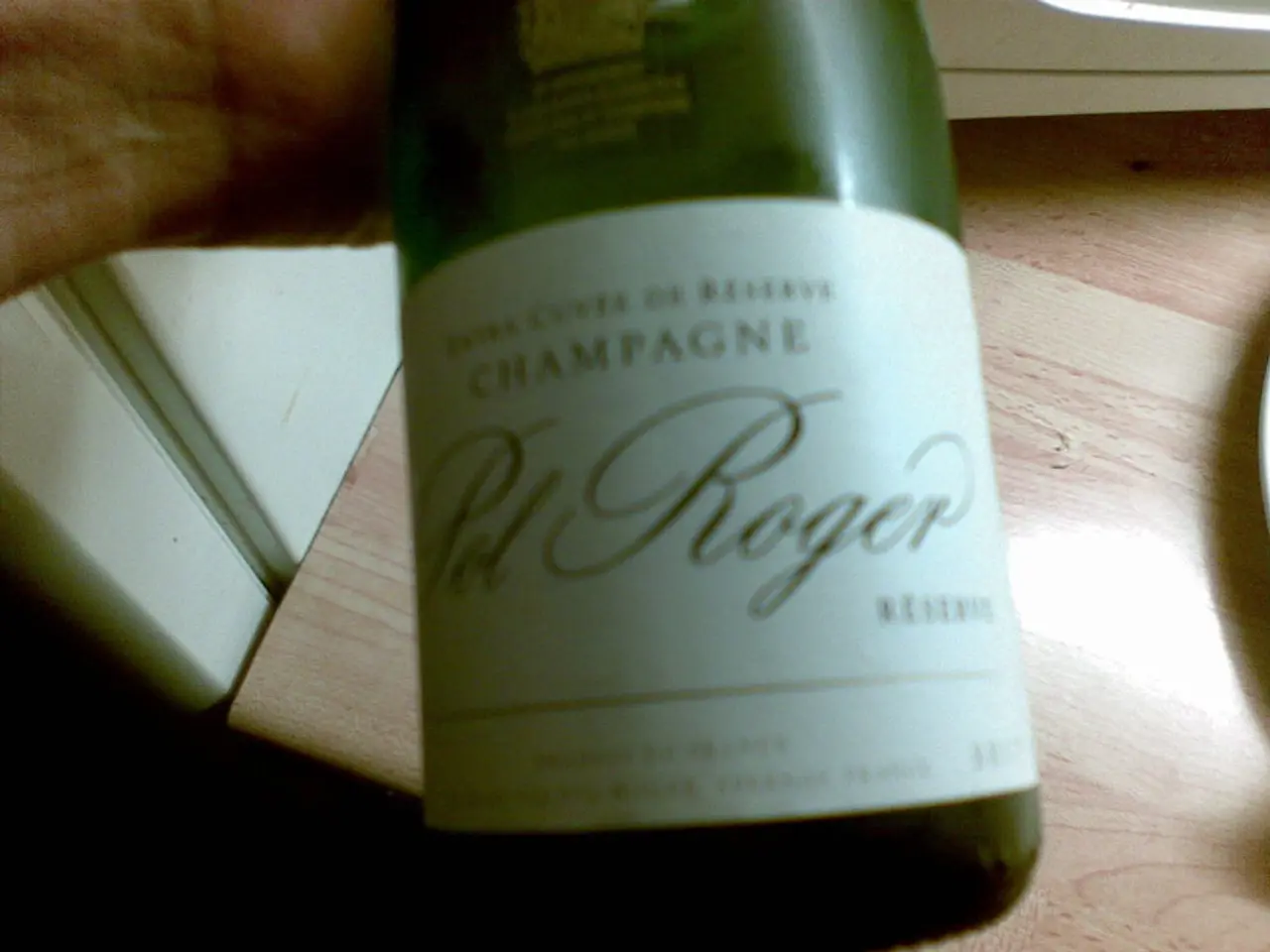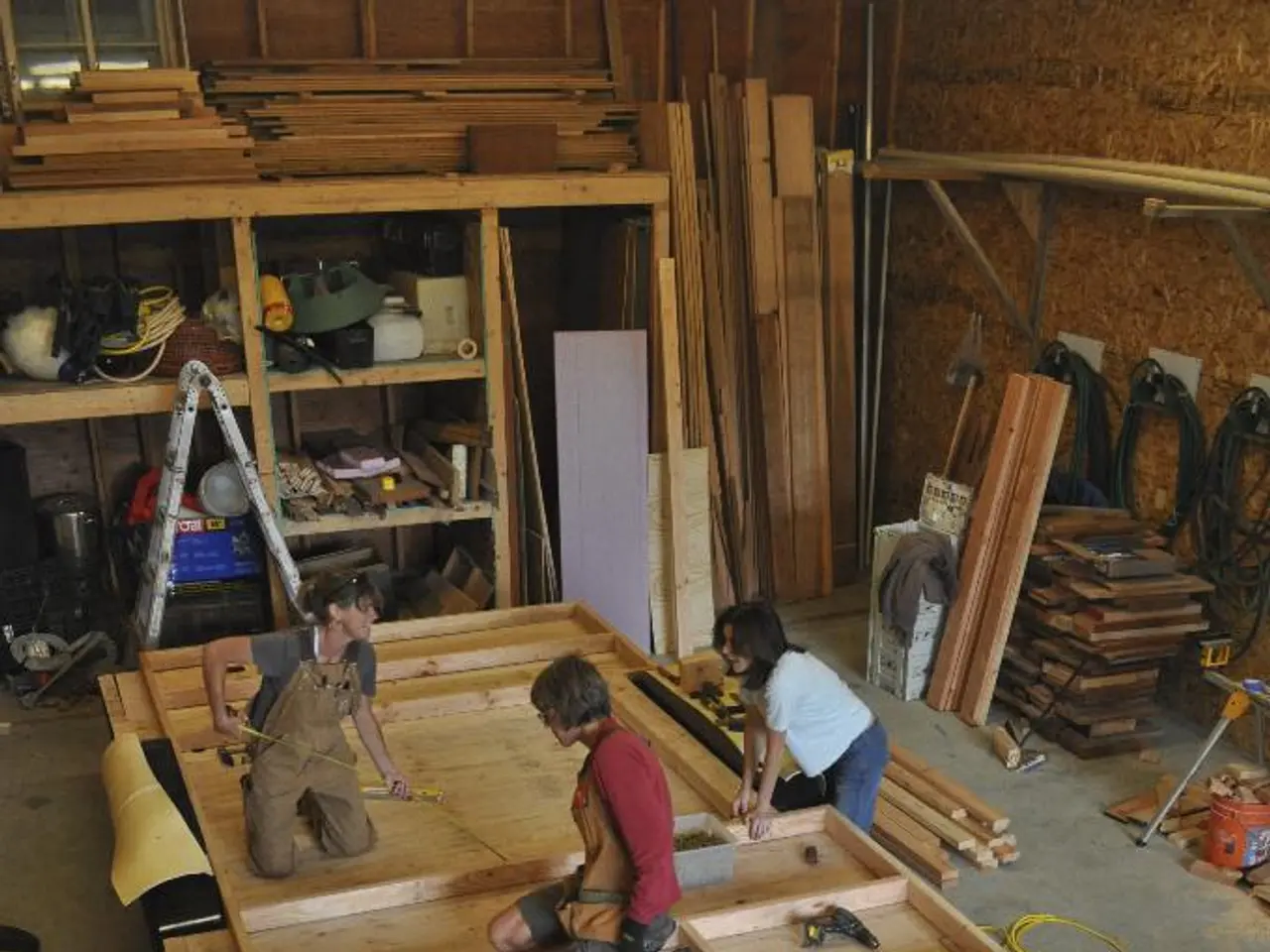Water Bottles You Can Eat: Exploring the Unusual Prospects of Garbage-Free H2O Consumption
Introducing the Future of Hydration: Edible Water Bottles
Edible water bottles, such as Ooho, are revolutionising the way we consume water. These innovative containers encapsulate water within a thin, flexible membrane made from natural substances like seaweed extract and calcium chloride [1][4].
The Environmental Advantages
Edible water bottles offer a sustainable alternative to traditional plastic bottles, reducing plastic waste and pollution since the packaging is biodegradable and edible [1][4]. They decompose quickly in natural environments, minimising long-term litter problems common with plastics [1][4]. Moreover, the production of edible water bottles requires fewer resources, reducing the carbon footprint associated with manufacturing.
Innovation Meets Convenience
Edible water bottles can be a novel way to hydrate during events, outdoor activities, or for eco-conscious consumers [4]. They are lightweight and easy to transport, making them ideal for various uses.
Challenges Ahead
Despite their benefits, edible water bottles face several challenges. Current versions have limited shelf life and can be fragile, making distribution and long-term storage difficult [1]. Scalability is another issue, as mass production and global supply chain logistics are still being developed [1].
Consumer acceptance may also require behaviour change and education, as the idea of eating water packaging may be unconventional for some [1]. Hygiene and safety are concerns, as ensuring the edible membrane remains safe and uncontaminated throughout handling and transport is crucial [1]. Additionally, the volume limitations of edible bottles may not be practical for all consumption needs [1].
The Path Forward
As consumers become more environmentally conscious, the demand for sustainable products like edible water bottles will likely continue to rise. Research and development are expected to lead to improvements in durability, taste, and accessibility. Potential for customisation, such as flavouring the membrane, could further enhance the appeal of edible water bottles.
Edible water bottles have already been successfully implemented in real-world scenarios such as music festivals, marathons, and the London Marathon. The membrane of edible water bottles is not only biodegradable but also entirely edible, making it a perfect candidate for waste-free hydration.
Collaborations between innovators, businesses, and environmental organisations will drive adoption and awareness of edible water bottles. By supporting the development and adoption of edible water bottles, we can contribute to a cleaner, greener planet.
[1] - https://www.sciencedirect.com/science/article/pii/S2452088617300360 [4] - https://www.bbc.com/future/article/20181101-the-future-of-plastic-is-edible [5] - https://www.ncbi.nlm.nih.gov/pmc/articles/PMC6233072/
- The field of environmental science could benefit from further research on the potential evolutions and improvements of edible water bottles, addressing their current challenges such as shelf life, durability, and scalability.
- The study of health-and-wellness, particularly concerning water consumption and exercising, may find value in incorporating edible water bottles into exercise routines and outdoor activities due to their convenience and eco-friendliness.
- As part of the ongoing effort to combat climate change, scientists in various disciplines could collaborate to explore the long-term environmental impact of edible water bottles, especially with regards to their biodegradability and contribution to reducing plastic pollution.
- The integration of edible water bottles into fitness-and-exercise practices and overall lifestyle choices, driven by a growing interest in sustainability, could contribute to a trend of positive behavior change towards a healthier environment and personal wellness.




